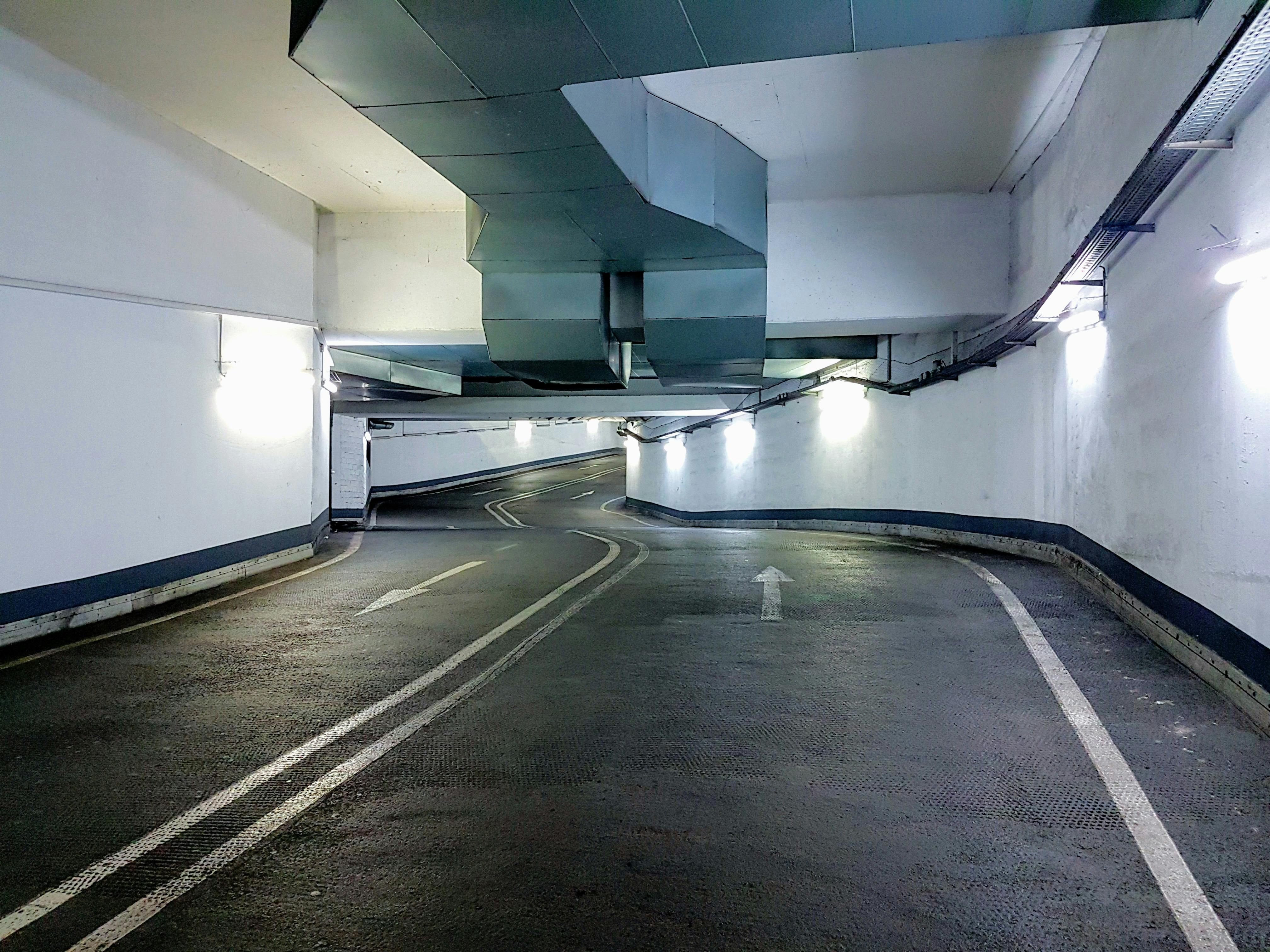Fulfill the dream of having a handmade classical guitar by making it yourself. You don’t have to be a master carpenter to make your own classical guitar. There are some really good books and kits out there that will help you make a guitar that you can proudly use for years to come.
what will you need
1. The first thing you are going to need is a book on the subject and I recommend two. The first is Irving Sloane’s Classical Guitar Construction. This is a simple and straightforward book that takes you through the process. It also includes a template for all guitar parts. The second book is considered the bible of guitar building and is: Guitar Making: Tradition and Technology: A Comprehensive Reference for the Design and Construction of the Steel-Stringed Folk Guitar and Classical Guitar (Guitar Reference) by William Cumpiano, which is a much more comprehensive reference that will also show you how to make popular guitars.
2. You must buy, prefabricated, some of the basic elements for the guitar. These are the tuning pegs and the bridge. You will also need to purchase fret wire, fillets, mosaic inlays, and a selection of wood, both used directly in the guitar and indirectly for the shapes and templates used to make the guitar.
3. Necessary tools. Half a dozen hand tools will be needed to make your guitar and these include a planer, a block saw, a hand scraper, several chisels, jigsaw wire cutters, several clamps, a power drill and a 6-inch circle cutter. . The books explain all the necessary tools.
The basic assembly process
- The first step in building a classical guitar involves building the shapes and templates. You can’t just build a guitar out of wood. It has to have a very particular shape and to achieve this shape you have to build shapes to shape it. In particular, the curved sides of the guitar should have a profile that exactly matches the shape of the top and back. You also create a template that will hold the entire guitar together when you paste it into a complete whole.
- The second step involves individually making the five main parts of the guitar. They are the neck/head, the left side, the right side, the soundboard and the board. Please note that the neck/head assembly can be made in one piece or in two assembled pieces.
- The third step is where you would assemble and glue the five main pieces of the guitar together.
- The final step is the finishing of the guitar. This includes inserting the frets into the neck, filleting the edges, and sanding and varnishing the guitar.
What is the hardest part?
When curving the sides of the guitar, you need to soak them in water and then heat them so they can slowly be shaped to the correct curvature. This takes some practice, but you don’t have to guess the shape. You make a template that you use as a guide for a perfect fit. If you want to avoid this step, you can purchase kits with the sides already pre-folded.
A little about the wood.
The wood you use is of the utmost importance when it comes to how your guitar will sound. And Brazilian rosewood is the wood of choice for most classical guitars. But there are variations on this, such as Spanish Cypress, which is often used for Spanish guitars. Other woods used are maple, birch, pear and mahogany.
Don’t you think you have the ability to do it all yourself?
There are many online dealers that will sell complete kits that have everything pre-cut and shaped correctly. All you have to do is mount it and finish it. This is a good alternative if you don’t think you want to tackle the whole project. You can also purchase kits that have all of the uncut and raw wood selections so you can still do all of the crafting.
Making your own classical guitar can be challenging and requires patience and some practical skills, but it’s definitely something the average person can pull off. And the reward is a musical instrument that will be your companion for life.
